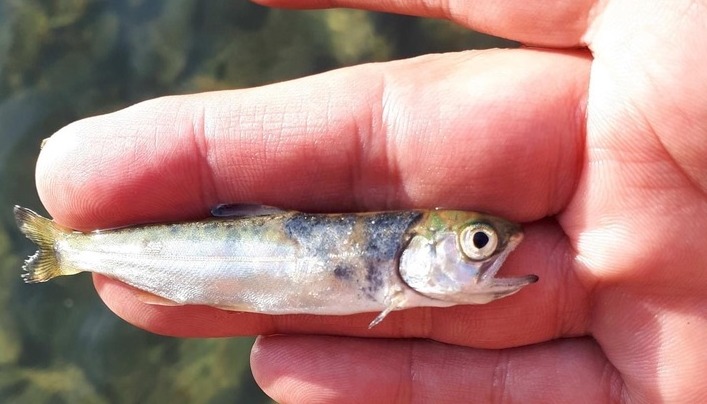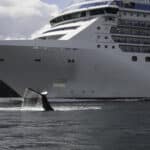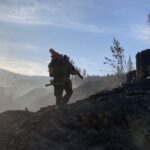A new report just published by Fisheries and Oceans Canada (DFO) explains the mystery behind a massive fish die-off in the Cowichan River on Vancouver Island.
This past July, swimmers near Skutz Falls in Cowichan River Park stumbled upon numerous dead salmon and trout with lesions all over their bodies.
“Hundreds, perhaps thousands of baby trout and salmon. Some of them up to two years old.”
Parker Jefferson, Cowichan Stewardship Roundtable
“They noticed silver spots all over the bottom of the river,” Parker Jefferson of the Cowichan Stewardship Roundtable told CTV News at the time of discovery.
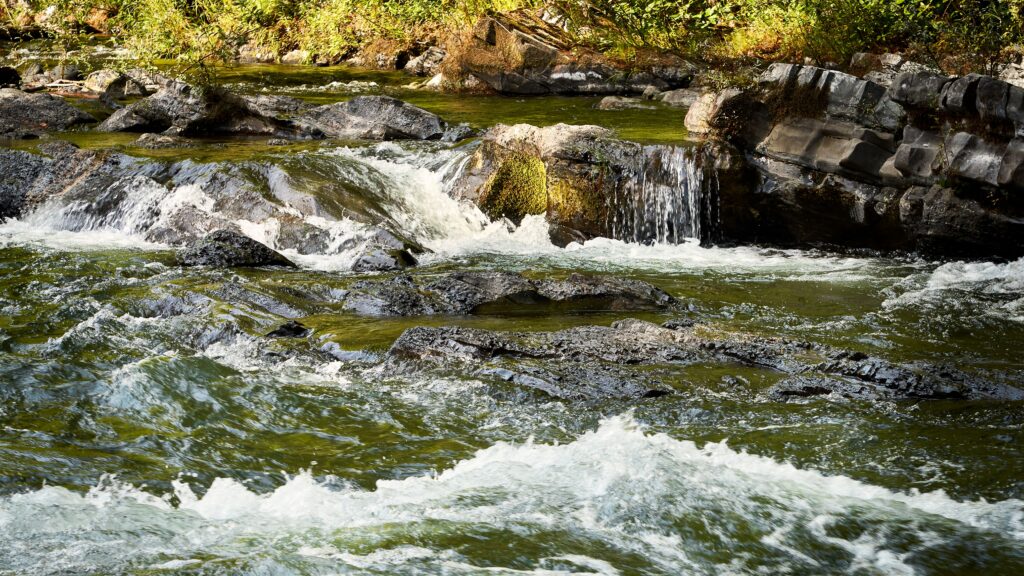
“Hundreds, perhaps thousands of baby trout and salmon,” he reported. “Some of them up to two years old.”
Even The New York Times published a large spread last week about the Cowichan River incident within the context of an unprecedented year of heat, drought, and wildfires in Canada.
“It was the first time, not just in my career, but the first time in my life, that I had seen anything like that,” Cowichan Tribes member and biologist Tim Kulchyski told the American paper after he stumbled upon dead fry and even more dead adults further down the river.
Mystery Uncovered
After collecting samples and conducting toxicology tests, DFO released its findings this week. The lesions were credited to environmental stress, which is connected to low oxygen and elevated pH in the water. They noted excessive algae growth, which can be a result of “low flows, hot, dry weather and availability of nutrients such as nitrogen and phosphorus.”
“This report from DFO has to be setting off a few alarm bells,” Jefferson told CBC in response to the release.
“We’ve known that the river’s in bad shape for a long time.”
Tom Rutherford, Cowichan Watershed Board
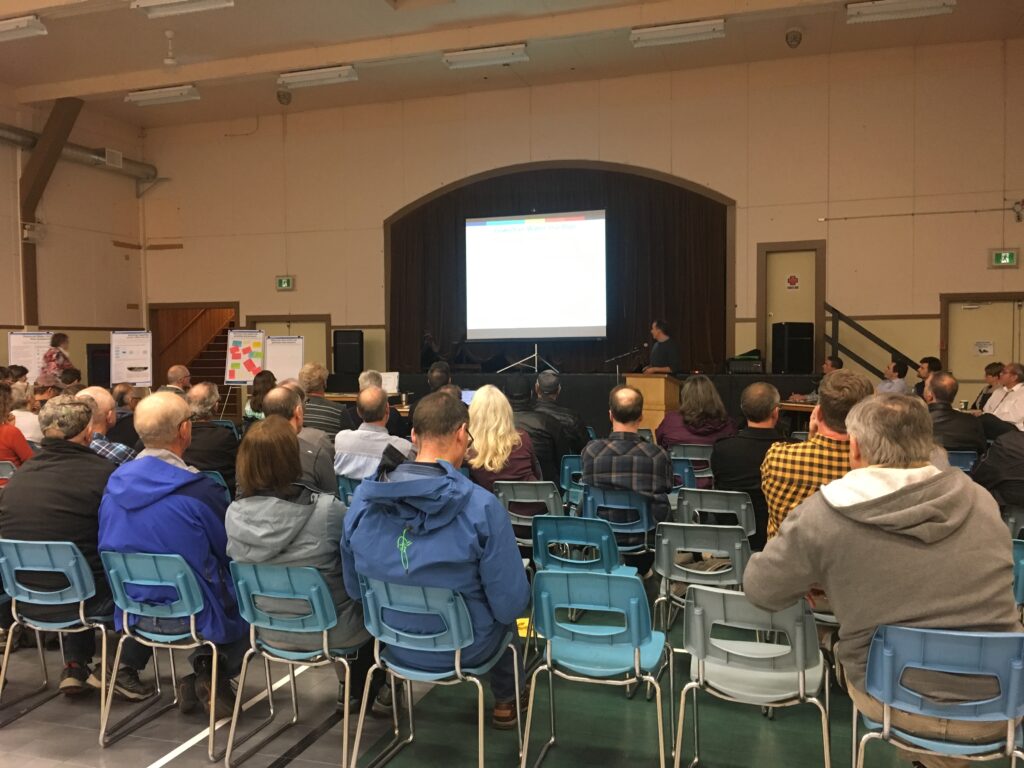
Many advocates have been alarmed for years about worsening conditions on the Cowichan River. Rising temperatures from climate change and low water levels are resulting in the water drying up and fish populations suffering.
“We’ve known that the river’s in bad shape for a long time,” Tom Rutherford of Cowichan Watershed Board said to CBC. The Watershed Board is part of a coalition of local governments and the Cowichan Tribes First Nation to monitor the area and advocate for watershed security. He says if the water levels get too low this season, his team is prepared to catch and relocate salmon to spawning grounds to help them survive.
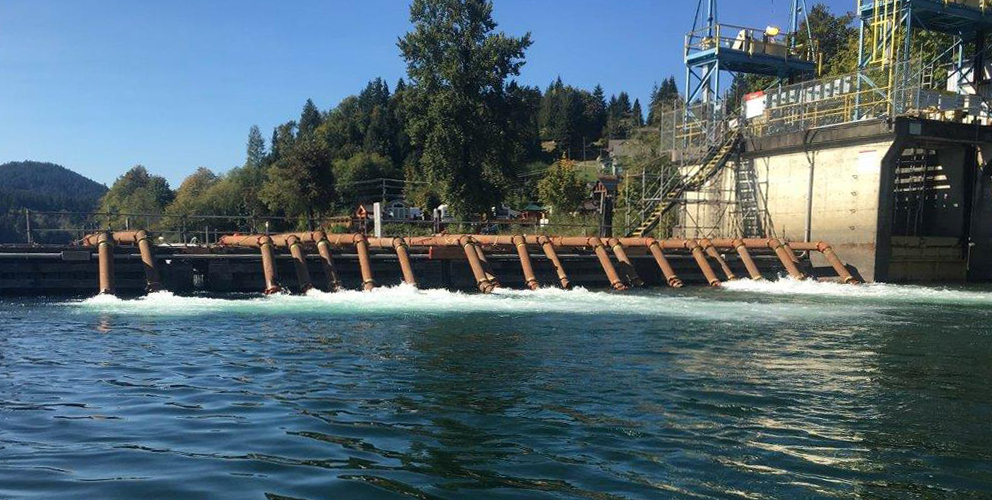
New Weir Needed
Rutherford and other concerned citizens have long been calling for a new weir to be built on the Cowichan River. A weir is a small dam that controls the flow of the river, holding water in the winter and releasing it in the summer when water levels are lower.
“I think this is an indication of what can happen and what probably will happen in the future unless we can start to mitigate and adapt to the effects of climate change.”
Tom Rutherford, Cowichan Watershed Board
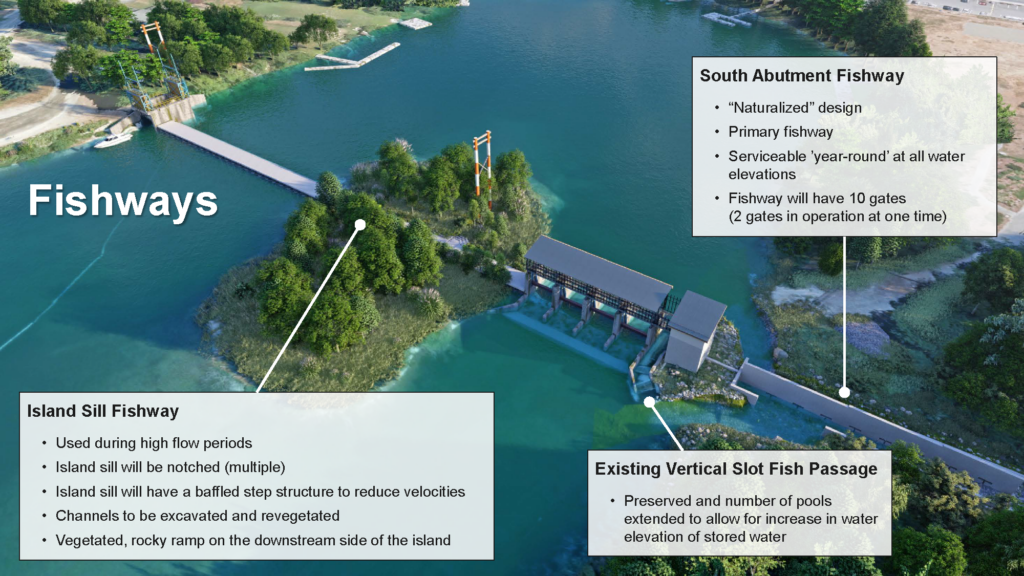
However, the existing weir was built in 1957, and many say it is too small to produce the needed volume for the current low water levels.
The Watershed Board has produced a new weir design and now says it is up to the provincial and federal governments to come through with the necessary funding.
Rutherford is worried that without this change, they may be unable to prevent another massive fish die-off.




